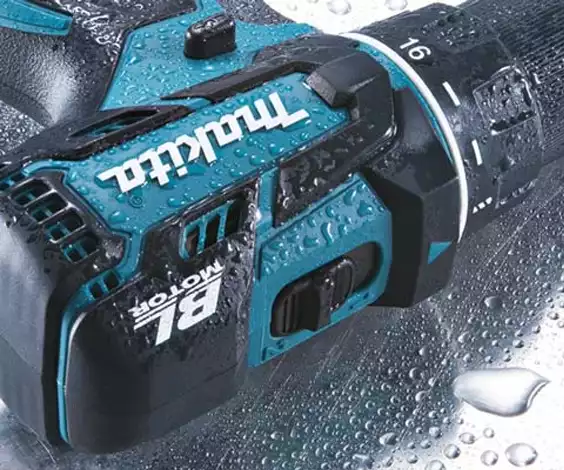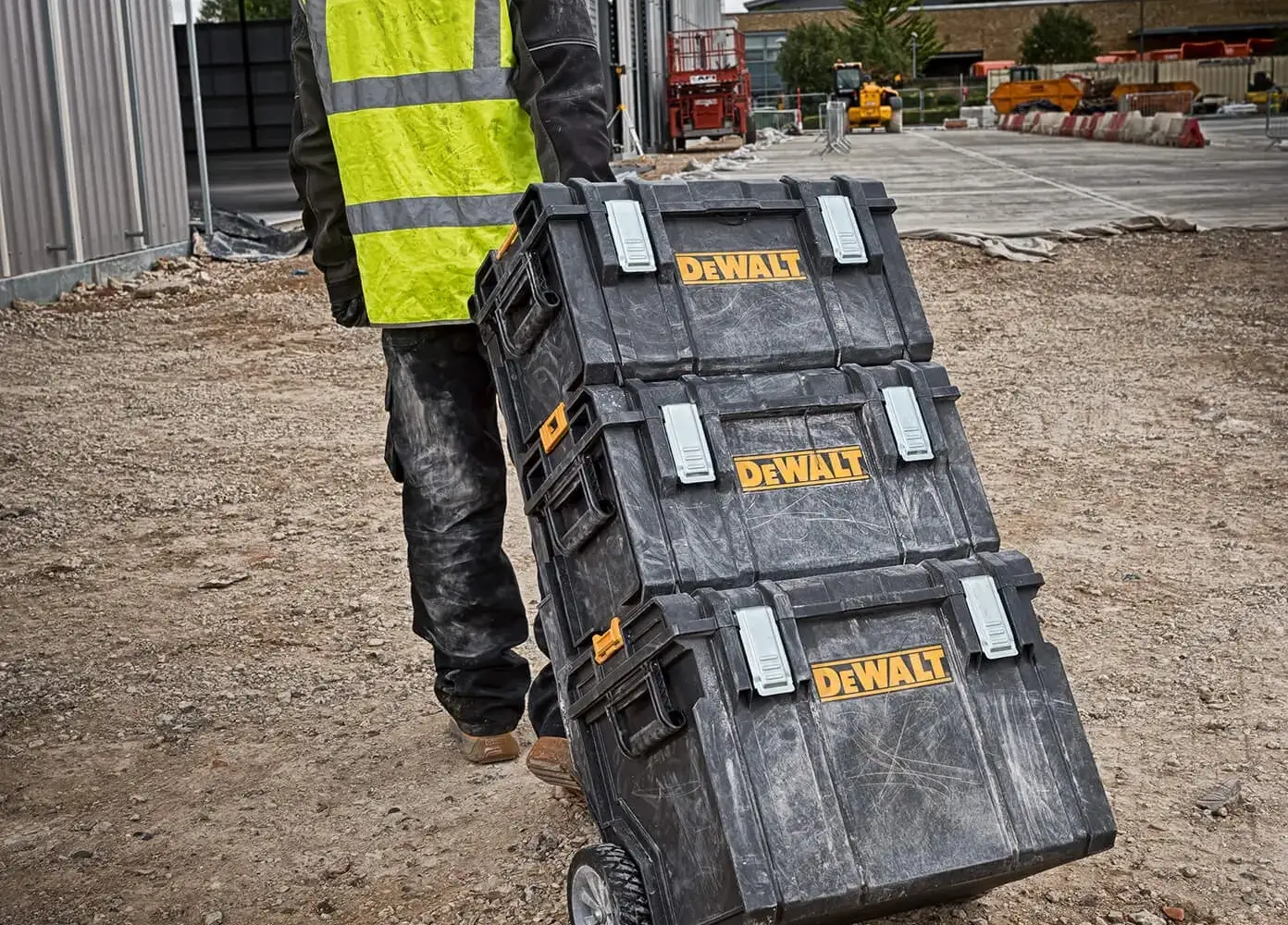An IP rating gives you “at a glance” information on how resistant to dust, water and debris your product is. That is the general idea of the rating system but if we dig a bit deeper, we can see that there’s actually a fair bit more to it!
What is an “IP Rating”?
The IP in this story doesn’t refer to a martial arts master but simply stands for “Ingress Protection” so that’s a nice easy one. You’ll notice that the “IP” is followed by two digits or sometimes an X (more on the X later) and it’s these digits that you really want to pay attention to!

What does the first digit mean?
The first digit gives you an idea of the intrusion protection of the device so that means how well it stands up against dust and debris getting into it. I’ve got a handy chart here for you to use and see how much dust and dirt protection you can expect.
| 0 (or X) | No protection at all |
| 1 | No real protection from deliberate access or from objects greater than 50mm in diameter. |
| 2 | Again, no real protection from deliberate access but it should stop any accidental finger contact or objects no more than 12mm in diameter. |
| 3 | Protection from entry by tools, wires or anything like that with a diameter of 2.5mm or more |
| 4 | Protection against solid objects larger than 1mm. This is going to be a good rating to look out for because it protects against wires, nails, screws, insects and your day to day job site debris. |
| 5 | Partial protection against potentially harmful dust so it will block anything larger than the smallest dust particles. |
| 6 | Completely dust-tight. Vacuum sealed and tested against a continuous airflow. |
That’s the first digit covered. All pretty easy so far, the higher the number, the more protection you have from dust.

What does the second digit mean?
The second digit is all about protection from water so if you’re working in an environment that is frequently wet or raining then this number is definitely worth keeping an eye on.
| 0 (or X) | No protection at all |
| 1 | Protection from vertical droplets, like condensation, with no damage to your device will occur as long as it is kept totally vertical |
| 2 | Protection from droplets at up to a 15° from vertical |
| 3 | Protection from spray at up to a 60° from vertical |
| 4 | Protection against splash from all direction. This is usually tested with an oscillating spray for a minimum of 10 minutes. Some water getting inside is OK as long as it does not cause any damage |
| 5 | Protection against a low-pressure jet (6.3mm) from any angle. Again, some water inside is OK as long as it doesn’t cause any damage. |
| 6 | Protection against a direct, high-pressure jet from any angle. This is really the rating you want to be aiming for if you work in a tough environment. |
| 7 | Protection against full immersion for up to 30 minutes at depths between 15cm and 1m. Some water getting in is fine as long as it does not cause damage. |
| 8 | Protection against extended immersion under higher pressure (greater depths for example). At this point, the manufacturer should be listing the parameters of the testing that the device has undergone because this rating is usually reserved for more specialised equipment. |
| 9 | Protection against a direct, high-pressure jet from any angle. This is really the rating you want to be aiming for if you work in a tough environment. |
So that’s the second digit covered! Most modern devices will be shooting for a 6 or higher but anything from a 5 upwards would be my recommendation for a heavy-duty tool.
What about the x rating?
The X is not really a valid IP rating, but you may still see some firms using it in place of a 0 so “IP6X” would be total protection from dust but absolutely no protection from moisture.
If we take the DeWALT ToughSystem cases as an example, they are rated at IP65 so absolutely no dust or debris can get inside your case and if you’re not working in a hurricane, your cases contents should remain dry as well. So, you can see how crucial it is to understand IP ratings and how they can factor in to how you make your buying decision. There’s no point buying a case that isn’t at least somewhat waterproof if you’re working on an oil rig!
As technology advances and the market demands more and more from their devices, we would expect to see more and more tool manufacturers upgrading their gear.
The phone in my pocket now is rated at IP68 so you would expect the same from your heavy-duty power tool!


